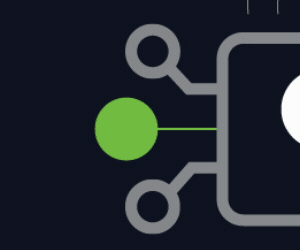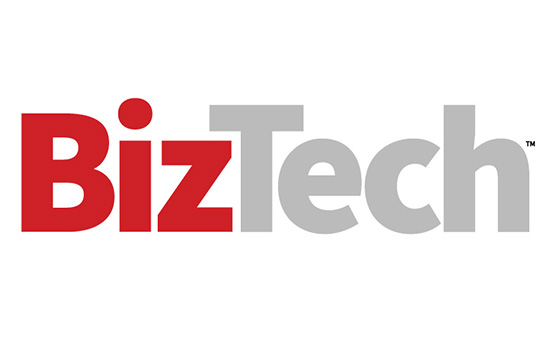Why Is Platformization In Cybersecurity Gaining Momentum?
Cybersecurity platformization is a strategic response to this complexity. It’s the move from a collection of disparate point solutions to a single, unified platform that integrates multiple security functions.
Dickson describes it as the “canned integration of security tools so that they work together holistically to make the installation, maintenance and operation easier for the end customer across various tools in the security stack.”
This approach has been gaining momentum over the past seven to 10 years, driven by organizations weary from managing the integration of different security tools. A point solution approach leaves security teams managing application programming interfaces for dozens of tools from different vendors, a task that becomes Herculean if vendors break the integrations when they update their APIs.
“Vendors are very motivated to make sure their stuff works with their stuff and not so motivated to make sure their stuff works with other stuff,” Dickson says.
DISCOVER: Here’s a cyber resilience strategy that supports success.
The Hidden Costs of Managing Disconnected Tools
The most significant hidden cost of a fragmented, multitool security strategy is labor. Managing disconnected tools is a resource strain on an organization, as it requires individuals with specialized skills for each tool.
This includes the labor-intensive task of managing API integrations and manually coding “shims,” or integrations to translate data between different tools, which often have separate protocols and proprietary interfaces, Dukes says.
Beyond the cost of personnel, there’s the operational complexity. “Analysts do not want to have to have multiple screens up, with multiple windows, trying to look at one data source, open it and then try to actually make sense out of it,” he says.
The proliferation of AI tools in cybersecurity is bringing this to a head, Dukes says, because “it’s going to speed up a lot of the analysis that needs to be done.”
Additionally, there’s the cost of licensing from multiple vendors, with each one likely to increase prices. The more vendors an organization uses, the more difficult it is to get beneficial pricing, notes Dickson.
Click the banner below to read the recent CDW Cybersecurity Research Report.













